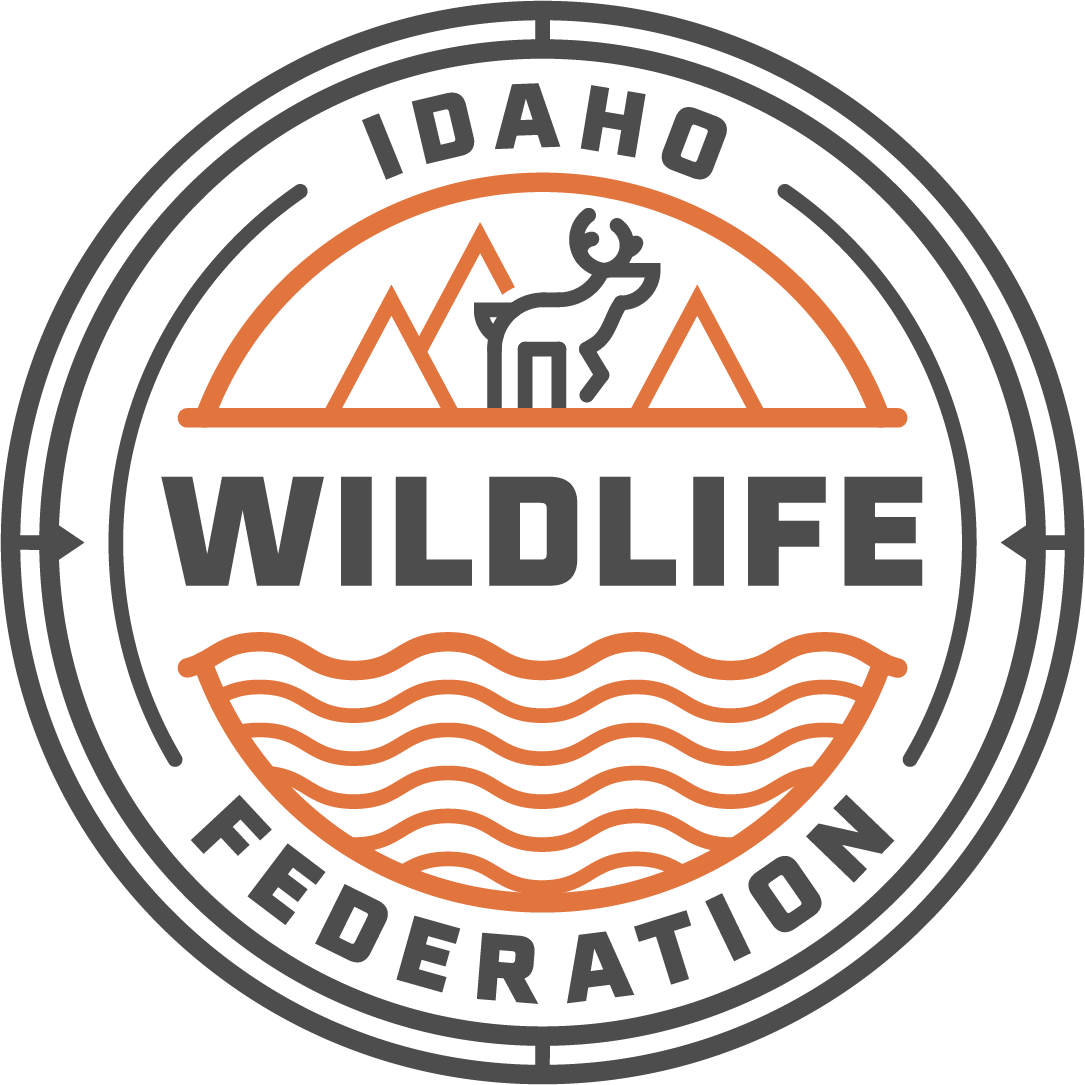Reducing Catastrophic Wildfire Risk in Southwest Idaho
Goodwin Fire, June 24 - July, 2017, Prescott National Forest, Photo Credit U. S. Forest Service
Large, catastrophic wildfires have become all too common in the West. For decades, federal land managers have struggled to complete the landscape-level treatments necessary to keep up with historic drought conditions, a changing climate and human development expanding further into the wildland-urban interface.
Despite best efforts, we’re experiencing drastic increases in the number of acres burned and skyrocketing wildfire costs. Each summer, headlines of uncharacteristic wildfire wiping wildlife habitat and communities off the map make it clear we are facing a mounting crisis.
Late last year, the Infrastructure Investment and Jobs Act, more commonly known as the bipartisan infrastructure package, was signed into law. Congress recognized the mounting crisis in this historic infrastructure package and included about $5.5 billion in natural resource related infrastructure, including a 5-year investment of about $3 billion in restoring ecosystems and reducing wildfire risk.
In early 2022, the Forest Service released its 10-year Implementation Plan for Confronting the Wildfire Crisis. The Implementation Plan analyzed high-risk firesheds across the country that show the greatest need for restoring fire-adapted forests. The Wildfire Crisis Strategy displayed a need to treat up to an additional 20 million acres on Forest Service lands in the West, as well as up to an additional 30 million acres on other Federal, State, Tribal, and private lands over 10 years. The Bipartisan Infrastructure Law provides critical funding to achieve these goals.
What does this mean for Idaho?
Southwest Idaho Initial Landscape Investment Project Area
1.7 million acres in Southwest Idaho was selected as 1 of 10 landscapes across the west for initial Bipartisan Infrastructure Law Funding. Over the next 5 years, almost $60 million will be put on the ground in Southwest Idaho to treat 20-35% of the landscape through a combination of thinning, controlled burning, and post-treatment restoration.
Southwest Idaho wasn’t chosen at random. Idaho has been increasing the pace and scale of forest and watershed restoration projects through the Good Neighbor Authority and Shared Stewardship programs, so we have years of understanding for what treatments are needed and how to utilize partnerships in the process. The Forest Service also highlighted well-established and effective partnerships like the Payette Forest Coalition and Boise Forest Coalition as a way to help jump start treatments on the ground. IWF has invested years into collaboratives like the Payette Forest Coalition and remains committed to bringing diverse stakeholders together to see a healthier Forest for humans and wildlife.
Thanks to the Bipartisan Infrastructure Law and existing forest collaboratives, we can make measurable change to prevent the risk of catastrophic wildfire to communities, improve watershed conditions, terrestrial and aquatic ecosystem health, and recreational experiences in Southwest Idaho.


